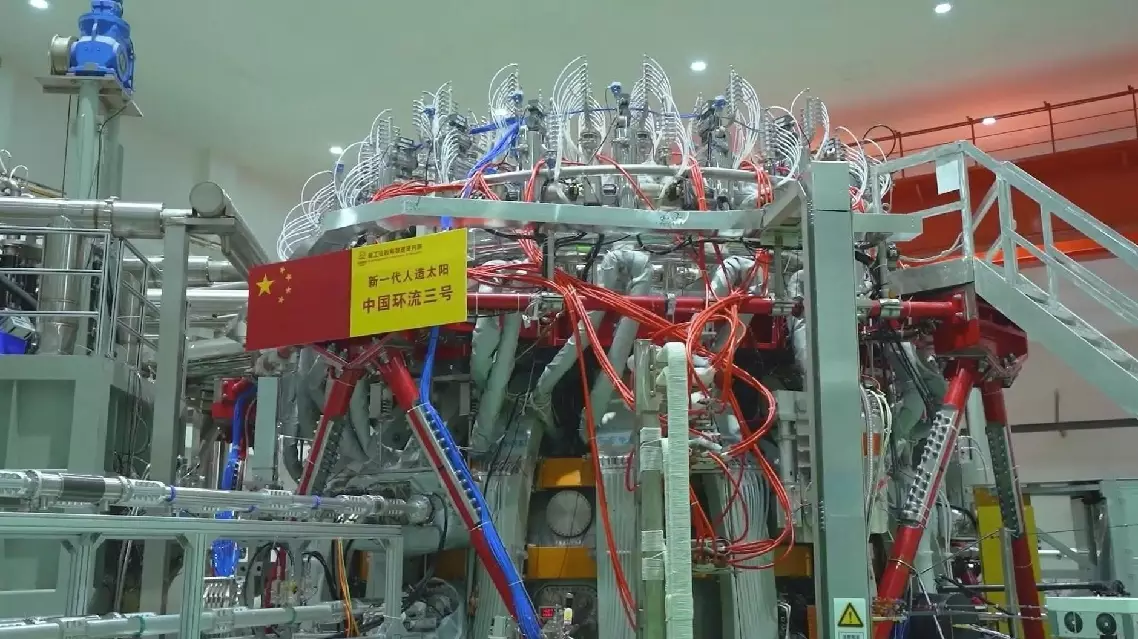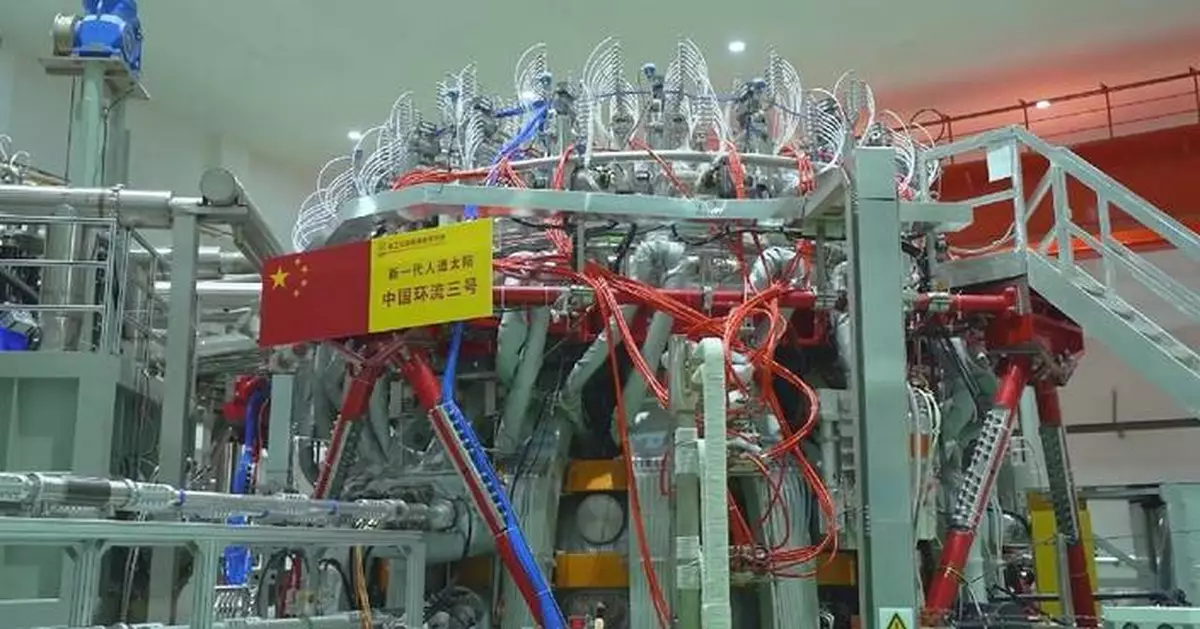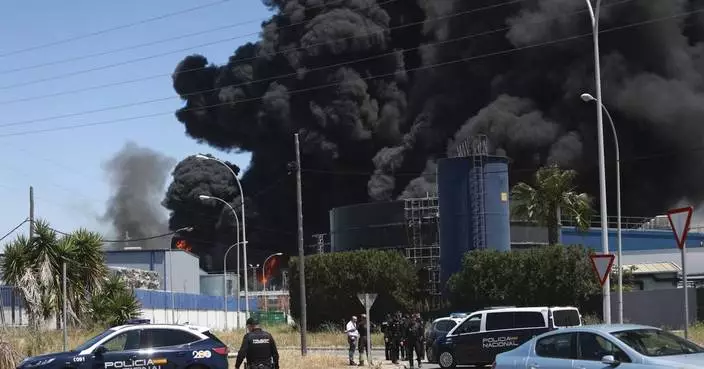China's nuclear fusion reactor, dubbed the "artificial sun," has achieved a new technological milestone with temperatures exceeding 100 million Celsius for both atomic nuclei and electrons for the first time, taking another step forward on the road toward near-limitless clean energy.
The "Huanliu-3" is a large-scale scientific device for controlled nuclear fusion, independently developed by China. Its energy generation principle is similar to the way the sun produces light and heat, which is why it is dubbed the new-generation artificial sun.
Latest experimental data shows that the device has, for the first time, reached a nuclear temperature of 117 million degrees Celsius and an electron temperature of 160 million Celsius, according to China National Nuclear Corporation (CNNC).
"Today, we achieved the 'double 100 million degrees Celsius temperature' targets in our experiment, with the comprehensive parameters showing significant improvement. It means that our country's nuclear fusion research has now entered the burning plasma experiment stage. Our self-developed heating, control, and diagnostic equipment and systems have been put into operation for the first time, with the relevant technical indicators now reaching the forefront of the world, setting new records in our country's nuclear fusion research," said Zhong Wulyu, deputy director of the Center for Fusion Science under the Southwestern Institute of Physics of the CNNC and head of the Huanliu-3 experiment.
Experts noted that the fusion reaction of the artificial sun releases tremendous energy, draws on abundant fusion resources, and produces clean and safe byproducts, making it known as "the ideal energy source for humanity's future."
Entering the burning plasma experiment phase signifies that controlled nuclear fusion has reached a core stage toward practical application. Moving forward, researchers will further upgrade the capabilities of "Huanliu-3" to obtain key core data necessary for controlled nuclear fusion reactions.

China's "artificial sun" achieves new milestone on path toward near-limitless clean energy





















































